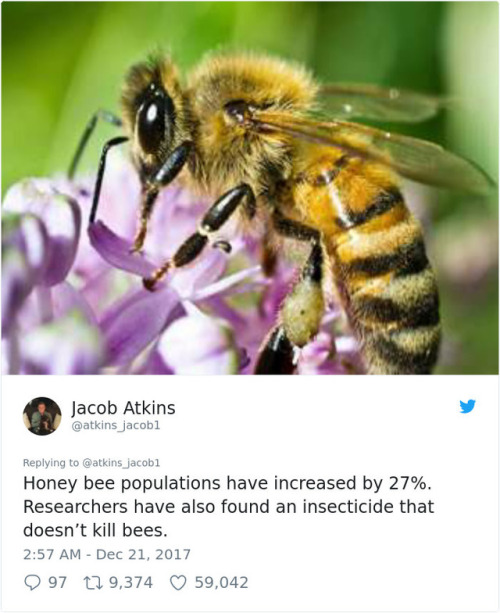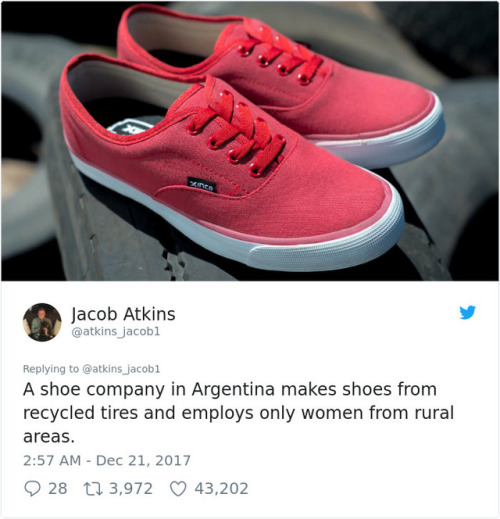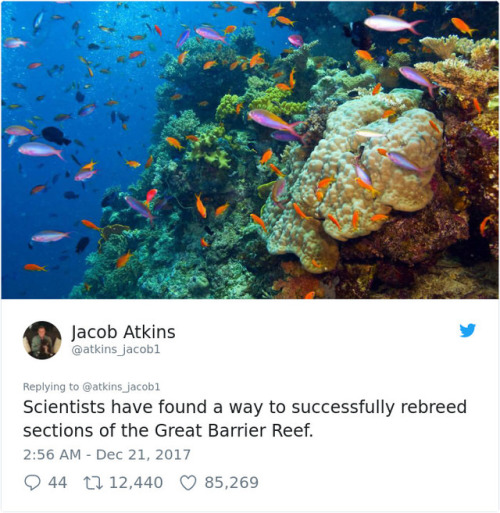A Battery That Eats CO2
A battery that eats CO2

By Khai Trung Le
A new type of battery developed by researchers at MIT could be made partly from carbon dioxide captured from power plants. Rather than attempting to convert carbon dioxide to specialized chemicals using metal catalysts, which is currently highly challenging, this battery could continuously convert carbon dioxide into a solid mineral carbonate as it discharges.
The battery is made from lithium metal, carbon, and an electrolyte that the researchers designed. While still based on early-stage research and far from commercial deployment, the new battery formulation could open up new avenues for tailoring electrochemical carbon dioxide conversion reactions, which may ultimately help reduce the emission of the greenhouse gas to the atmosphere.
Currently, power plants equipped with carbon capture systems generally use up to 30 percent of the electricity they generate just to power the capture, release, and storage of carbon dioxide. Anything that can reduce the cost of that capture process, or that can result in an end product that has value, could significantly change the economics of such systems, the researchers say.
Betar Gallant, Assistant Professor of Mechanical Engineering at MIT, said, ‘Carbon dioxide is not very reactive. Trying to find new reaction pathways is important.’Ideally, the gas would undergo reactions that produce something worthwhile, such as a useful chemical or a fuel. However, efforts at electrochemical conversion, usually conducted in water, remain hindered by high energy inputs and poor selectivity of the chemicals produced.
The team looked into whether carbon-dioxide-capture chemistry could be put to use to make carbon-dioxide-loaded electrolytes — one of the three essential parts of a battery — where the captured gas could then be used during the discharge of the battery to provide a power output.
The team developed a new approach that could potentially be used right in the power plant waste stream to make material for one of the main components of a battery. By incorporating the gas in a liquid state, however, Gallant and her co-workers found a way to achieve electrochemical carbon dioxide conversion using only a carbon electrode. The key is to preactivate the carbon dioxide by incorporating it into an amine solution.
‘What we’ve shown for the first time is that this technique activates the carbon dioxide for more facile electrochemistry,’ Gallant says. ‘These two chemistries — aqueous amines and nonaqueous battery electrolytes — are not normally used together, but we found that their combination imparts new and interesting behaviors that can increase the discharge voltage and allow for sustained conversion of carbon dioxide.’
The battery is made from lithium metal, carbon, and an electrolyte that the researchers designed. While still based on early-stage research and far from commercial deployment, the new battery formulation could open up new avenues for tailoring electrochemical carbon dioxide conversion reactions, which may ultimately help reduce the emission of the greenhouse gas to the atmosphere.
More Posts from Redplanet44 and Others
Apply independently produced drug to the burnt area










Good News of 2017
“It took many years of vomiting up all the filth I’d been taught about myself, and half-believed, before I was able to walk on the earth as though I had a right to be here.”
— James Baldwin, The Price of the Ticket (via quotespile)

Fish-Inspired Material Changes Color Using Nanocolumns
Inspired by the flashing colors of the neon tetra fish, researchers have developed a technique for changing the color of a material by manipulating the orientation of nanostructured columns in the material.
“Neon tetras can control their brightly colored stripes by changing the angle of tiny platelets in their skin,” says Chih-Hao Chang, an associate professor of mechanical and aerospace engineering at North Carolina State University and corresponding author of a paper on the work.
“For this proof-of-concept study, we’ve created a material that demonstrates a similar ability,” says Zhiren Luo, a Ph.D. student at NC State and first author of the paper. “Specifically, we’ve shown that we can shift the material’s color by using a magnetic field to change the orientation of an array of nanocolumns.”
The color-changing material has four layers. A silicon substrate is coated with a polymer that has been embedded with iron oxide nanoparticles. The polymer incorporates a regular array of micron-wide pedestals, making the polymer layer resemble a LEGO® brick. The middle layer is an aqueous solution containing free-floating iron oxide nanoparticles. This solution is held in place by a transparent polymer cover.
Read more.
It`s gonna be Moon Soon season in India!! @neysastudies
The last time any country put boots or, rather, little metal feet, on the Moon was in 2013, when China landed its Yutu rover there. Before that, you’d have to look back to the 1970s to find anything built by Earthlings that camped out on the surface of the Moon.
But in 2018, India says it will be ready to join the ranks of the moon lander. The Indian Space Research Organisation (ISRO) is getting ready to land its very first lunar rover by the end of March 2018, as part of its Chandrayaan-2 mission.
Continue Reading.
Two most important phenomens to live for: coffee and ISS in the space
Coffee in Space: Keeping Crew Members Grounded in Flight
Happy National Coffee Day, coffee lovers!
On Earth, a double shot mocha latte with soymilk, low-fat whip and a caramel drizzle is just about as complicated as a cup of coffee gets. Aboard the International Space Station, however, even just a simple cup of black coffee presents obstacles for crew members.

Understanding how fluids behave in microgravity is crucial to bringing the joys of the coffee bean to the orbiting laboratory. Astronaut Don Pettit crafted a DIY space cup using a folded piece of overhead transparency film. Surface tension keeps the scalding liquid inside the cup, and the shape wicks the liquid up the sides of the device into the drinker’s mouth.

The Capillary Beverage investigation explored the process of drinking from specially designed containers that use fluid dynamics to mimic the effect of gravity. While fun, this study could provide information useful to engineers who design fuel tanks for commercial satellites!

The capillary beverage cup allows astronauts to drink much like they would on Earth. Rather than drinking from a shiny bag and straw, the cup allows the crew member to enjoy the aroma of the beverage they’re consuming.

On Earth, liquid is held in the cup by gravity. In microgravity, surface tension keeps the liquid stable in the container.

The ISSpresso machine brought the comforts of freshly-brewed coffees and teas to the space station. European astronaut Samantha Cristoforetti enjoyed the first cup of espresso brewed using the ISSpresso machine during Expedition 43.


Now, during Expedition 53, European astronaut Paolo Nespoli enjoys the same comforts.

Astronaut Kjell Lindgren celebrated National Coffee Day during Expedition 45 by brewing the first cup of hand brewed coffee in space.

We have a latte going on over on our Snapchat account, so give us a follow to stay up to date! Also be sure to follow @ISS_Research on Twitter for your daily dose of space station science.
Make sure to follow us on Tumblr for your regular dose of space: http://nasa.tumblr.com.
Hunt for Huntington!

Possible Biomarker for Huntington’s Identified
A new discovery of a potential biomarker for Huntington’s disease (HD) could mean a more effective way of evaluating the effectiveness of treatments for this neurological disease. The findings may provide insight into treatments that could postpone the death of neurons in people who carry the HD gene mutation, but who do not yet show symptoms of the disease.
Panorama of Jupiter

Jupiter seen by NASA’s Voyager spacecraft
Animation taken from video: Jeff Quitney

New process allows 3-D printing of nanoscale metal structures
Synthesizing organic scaffolds that contain metal ions enables 3-D printing of metallic structures that are orders of magnitude smaller than previously possible
For the first time, it is possible to create complex nanoscale metal structures using 3-D printing, thanks to a new technique developed at Caltech.
The process, once scaled up, could be used in a wide variety of applications, from building tiny medical implants to creating 3-D logic circuits on computer chips to engineering ultralightweight aircraft components. It also opens the door to the creation of a new class of materials with unusual properties that are based on their internal structure. The technique is described in a study that will be published in Nature Communications on February 9.
In 3-D printing – also known as additive manufacturing – an object is built layer by layer, allowing for the creation of structures that would be impossible to manufacture by conventional subtractive methods such as etching or milling. Caltech materials scientist Julia Greer is a pioneer in the creation of ultratiny 3-D architectures built via additive manufacturing. For instance, she and her team have built 3-D lattices whose beams are just nanometers across – far too small to be seen with the naked eye. These materials exhibit unusual, often surprising properties; Greer’s team has created exceptionally lightweight ceramics that spring back to their original shape, spongelike, after being compressed.
Greer’s group 3-D prints structures out of a variety of materials, from ceramics to organic compounds. Metals, however, have been difficult to print, especially when trying to create structures with dimensions smaller than around 50 microns, or about half the width of a human hair.
Read more.

Origami-inspired materials could soften the blow for reusable spacecraft
Space vehicles like SpaceX’s Falcon 9 are designed to be reusable. But this means that, like Olympic gymnasts hoping for a gold medal, they have to stick their landings.
Landing is stressful on a rocket’s legs because they must handle the force from the impact with the landing pad. One way to combat this is to build legs out of materials that absorb some of the force and soften the blow.
University of Washington researchers have developed a novel solution to help reduce impact forces – for potential applications in spacecraft, cars and beyond. Inspired by the paper folding art of origami, the team created a paper model of a metamaterial that uses “folding creases” to soften impact forces and instead promote forces that relax stresses in the chain. The team published its results May 24 in Science Advances.
“If you were wearing a football helmet made of this material and something hit the helmet, you’d never feel that hit on your head. By the time the energy reaches you, it’s no longer pushing. It’s pulling,” said corresponding author Jinkyu Yang, a UW associate professor of aeronautics and astronautics.
Read more.
-
 anonymous-night-owl liked this · 3 years ago
anonymous-night-owl liked this · 3 years ago -
 road-to-adulthood liked this · 3 years ago
road-to-adulthood liked this · 3 years ago -
 anonymous-night-owl reblogged this · 3 years ago
anonymous-night-owl reblogged this · 3 years ago -
 imsorrylia liked this · 4 years ago
imsorrylia liked this · 4 years ago -
 morgenvorbei liked this · 5 years ago
morgenvorbei liked this · 5 years ago -
 calc-95 liked this · 5 years ago
calc-95 liked this · 5 years ago -
 terrestrial-radiation liked this · 5 years ago
terrestrial-radiation liked this · 5 years ago -
 logically-anxious17 liked this · 5 years ago
logically-anxious17 liked this · 5 years ago -
 louiveee reblogged this · 5 years ago
louiveee reblogged this · 5 years ago -
 benjamin-lpbchem liked this · 5 years ago
benjamin-lpbchem liked this · 5 years ago -
 benjamin-lpbchem reblogged this · 5 years ago
benjamin-lpbchem reblogged this · 5 years ago -
 serinaofthestars liked this · 5 years ago
serinaofthestars liked this · 5 years ago -
 sanjerodo liked this · 6 years ago
sanjerodo liked this · 6 years ago -
 earthrooted1 liked this · 6 years ago
earthrooted1 liked this · 6 years ago -
 prince-moose liked this · 6 years ago
prince-moose liked this · 6 years ago -
 art-and-music-i-like liked this · 6 years ago
art-and-music-i-like liked this · 6 years ago -
 pneumaquintessenceprosopopoeia reblogged this · 6 years ago
pneumaquintessenceprosopopoeia reblogged this · 6 years ago -
 fullcroissantslimegarden liked this · 6 years ago
fullcroissantslimegarden liked this · 6 years ago
